Raising Sheep vs Goats – Which Is Best for Profits, and Fun?
Welcome! This article contains affiliate links, meaning I get a commission if you decide to make a purchase through my links, at no extra cost to you.
What are the main differences between raising sheep vs goats? We’re about to brainstorm the subtleties that most homesteaders overlook – including the cost of feed, potential profitability, and other muttony nuances!
But first, let me tell you how my journey of raising sheep vs goats started.
Nearly 20 years ago, I arrived on the Wild Coast of South Africa looking for cheap accommodation.
The person I was asking misheard me and proceeded to regale me with a long explanation about why there was so little sheep accommodation available in the area.
As a result, I’ve always assumed goats were a better option than sheep.
In my mind, goats are hardier, less skittish, and therefore easier to handle. They also browse rather than graze, so don’t compete with my horses.
There are, nevertheless, situations in which sheep may well be more suitable than goats, but the only way to figure that out is by looking into what it takes to raise both species and what benefits they bring to the homestead.
What’s Inside:
Read More – 7 Dairy Goat Breeds for the Best Homestead Milk!
Will I Make More Money From Goats or Sheep?
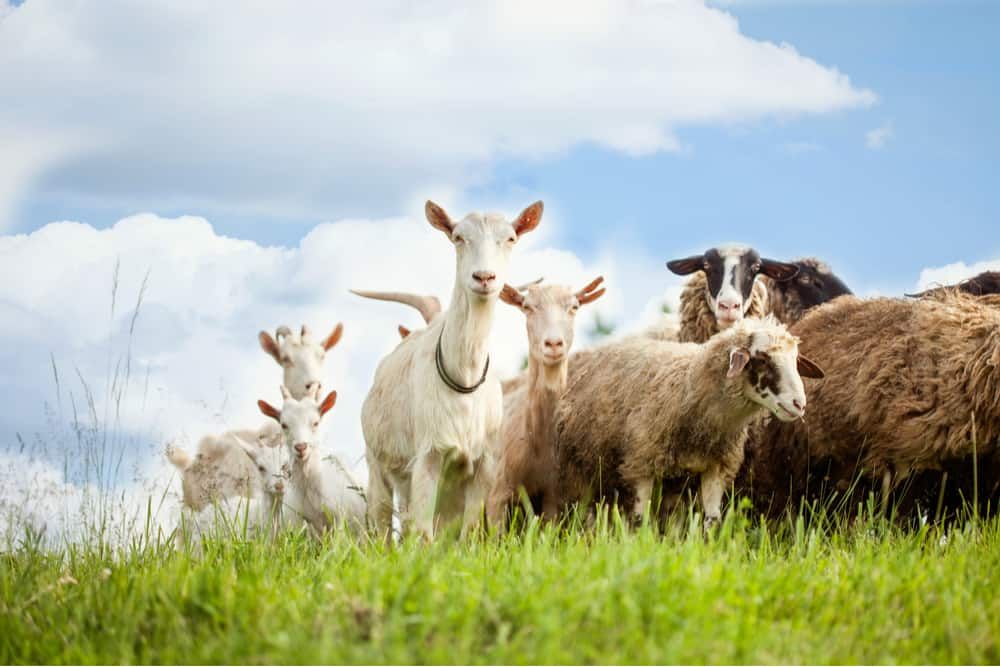
That depends on your local market! Do people in your region buy lots of wool, fiber, meat, or milk? If so, then raising sheep (or goats) may be a tremendously wise move.
But, there are other considerations!
Whether you are pining for a flock of sheep or are more inclined towards raising meat goats, you have to purchase the animals first.
Once established on your property, you need to invest in the proper infrastructure and facilities, provide food and water, maintain their health with regular hoof trimming and deworming, and cover any veterinary needs the animals may require.
To establish which species is the most profitable, you need to balance your expenses with the income you can expect from the animals.
(That’s why your understanding of local marketplace conditions is paramount when determining the profitability of raising sheep vs goat.)
Read More – How Often Should You Milk Your Goat? Once or Twice Per Day?
The Costs of Raising Sheep vs Goats
There are a handful of managerial skills you need whether you’re raising sheep vs goats.
Below, you’ll find some of the most critical monetary variables to consider – essential for both sheep and goat producers!
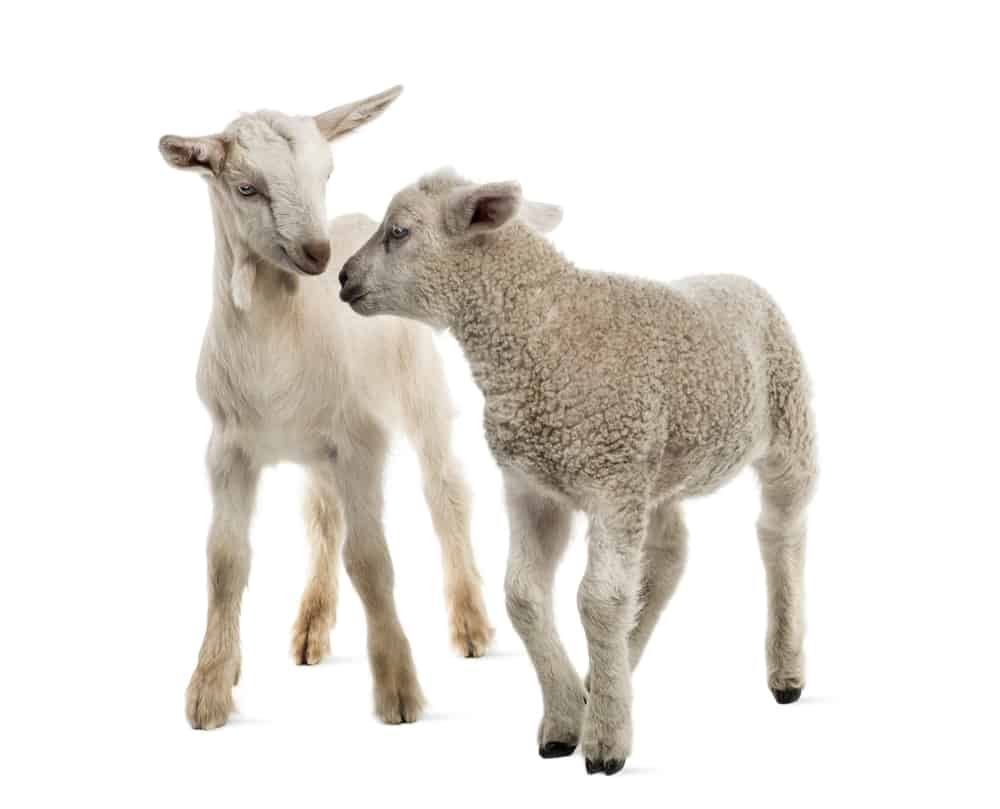
Purchasing Your Livestock
First, I need to mention that due to market uncertainty, supply lines, fertilizer (and feed) costs, and inflation around the world, the cost of livestock is all over the place. You’ll notice valuations up, down, and sideways!
However, the following insights are from my experience watching the sheep vs goat prices over the years.
Regardless of whether you opt for sheep or goats, the initial investment will (usually) be about the same. The price of goats ranges from around $75 to $300, and sheep cost much the same.
You should expect to pay around $75 to $100 for a lamb and approximately $200 for a younger ewe.
Purebred registered animals of either species cost a little more, with a registered sheep costing around $500 and a purebred dairy goat between $500 to $1,000.
Read More – Intro to Mini LaMancha Goats and Why You Should Raise Them!
Feeding the Flock
Feed costs will be your primary expense after purchasing your animals. As sheep are grazers, the most cost-effective way of raising them is on a homestead dominated by grassy pastures.
Goats are primarily browsers, however, and, while they may nibble on grass from time to time, get most of their nutrition from weeds, shrubs, and trees.
On a homestead like ours, where invasive weed species constantly threaten to take over, goats provide more than marginal weed control. They’re unstoppable weed-eating machines!
Not only do they eat these widely inedible plants but, in doing so, they help to control those invasive weed species and rehabilitate the land. If you have little grass but an abundance of leafy spurge, musk thistle, or cedar trees, goats are by far your best option.
Even if your homestead offers plentiful food during the spring and summer, chances are you will need to supplement the diet of both sheep and goats during the colder months.
While many believe that goats will eat anything and get nutritional value out of everything they consume, the truth is that they have higher nutritional demands than sheep due to their faster digestive system.
For homesteaders, that means better quality hay during winter and also higher expense.
You can also use goat or sheep feeders. Feeders serve your herd hay or grain pellets. Feeders are perfect if you don’t have much natural landscape for your animals to forage.
Yearly Costs

Both sheep and goats require regular deworming and some level of routine health care. They will also need regular hoof trimming, although how often you’ll need to do this will depend on your climate.
In a dry area, sheep and goats will wear their hooves down naturally, but in a wetter environment will need trimming every six to 10 weeks.
These serrated trimmers make managing your goats and sheep much more straightforward. The blade is sharp, and the handle is comfy. It also helps remove manure from hooves.
To control internal parasites like coccidia, lungworm, and stomach worms, goats and sheep need deworming at least once a year and as often as every four weeks.
Dewormers aren’t particularly expensive but, if you’ve got a large herd of goats or a big flock of sheep, the cost can start to add up.
As goats tend to be more susceptible to internal parasites than sheep, this could sway you towards the latter.
Sheep are also less prone to diseases and more able to handle cold weather, although both species require some vet care, such as yearly vaccinations if you want to keep your animals healthy.
While goats never need shearing, if you’re raising wool sheep, you need to factor in the cost of shearing annually, while fiber goats, like the Angora, need shearing twice a year.
If you’ve only got a handful of sheep, you might get away with doing it yourself with a pair of hand shears or scissors. For a larger goat herd, you’ll need either a pair of electric shears or the services of a professional shearer.
Sheep vs Goat Budget Templates
I found these handy sheep vs goat budget templates from the University of Nebraska-Lincoln. Check these out if you’re serious about raising goats – or sheep.
These animal budget templates are tremendously helpful if you’re a sheep (or goat) producer and want to have a realistic view of what a goat or sheep operation costs to operate.
(TIP – Here’s a direct link to the sheep budget templates. You get PDF and Excel format.)
PS: I also found further analysis of the 70 doe and two buck goat enterprise. This information is a goldmine if you seek cost analysis regarding goats vs. sheep from a reliable source.
Read More – 10 DIY Goat Milking Stand Ideas You Can Easily Make Yourself
What Are the Space Requirements for Goats and Sheep?
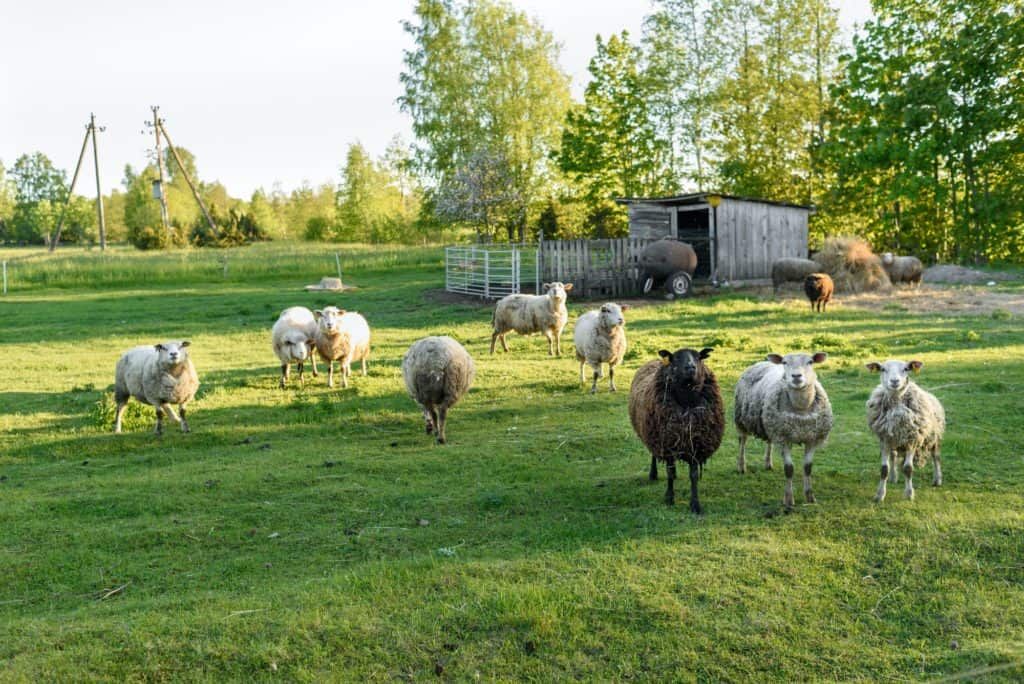
An acre of land is plenty of space for six to eight goats or the same number of sheep. Goats have a different grazing behavior to sheep, and if you don’t have much in the way of shrubs, trees, vines, and leaves, it may be advisable to give them a miss.
While sheep are content to spend most of their time on four legs and stay within their dedicated enclosure or paddock, goats are much more agile and athletic.
They will climb trees and scale fences quicker than you can blink, especially if there’s a tempting morsel (snack!) on the other side.
Sheep only require fairly basic facilities and fencing, although a handling area will come in handy with these highly strung animals. A fence of around 32 to 40 inches high is more than adequate for sheep but will do little to keep any goat contained.
In most instances, a fence of at least four feet high is sufficient for goats of all breeds, but some individuals will make even this look substandard.
Our Dwarf Nigerian buck is currently in a field with a five-foot perimeter fence, topped with electric strands, and it’s the only way we’ve managed to contain him.
Both sheep and goats need shelter for inclement weather! Your goats and sheep also need protection against predators such as bears, mountain lions, wolves, and coyotes.
These don’t need to be palatial, but at the same time, trying to cram too many animals into a small enclosure is a recipe for disaster.
Sheep need around 20 to 25 square feet per animal, while goats require a little less, somewhere between 10 to 15 square feet per mature standard-sized goat.
Miniature breeds, like the Dwarf Nigerian, will be happy with a little less. If ours are anything to go by, even if you give them a two-story house to live in, you’ll find them all crammed into a single corner of the kitchen!
Read More – 7 Compelling Reasons for Raising Oberhasli Goats!
Can You Make an Income From Sheep and Goats?
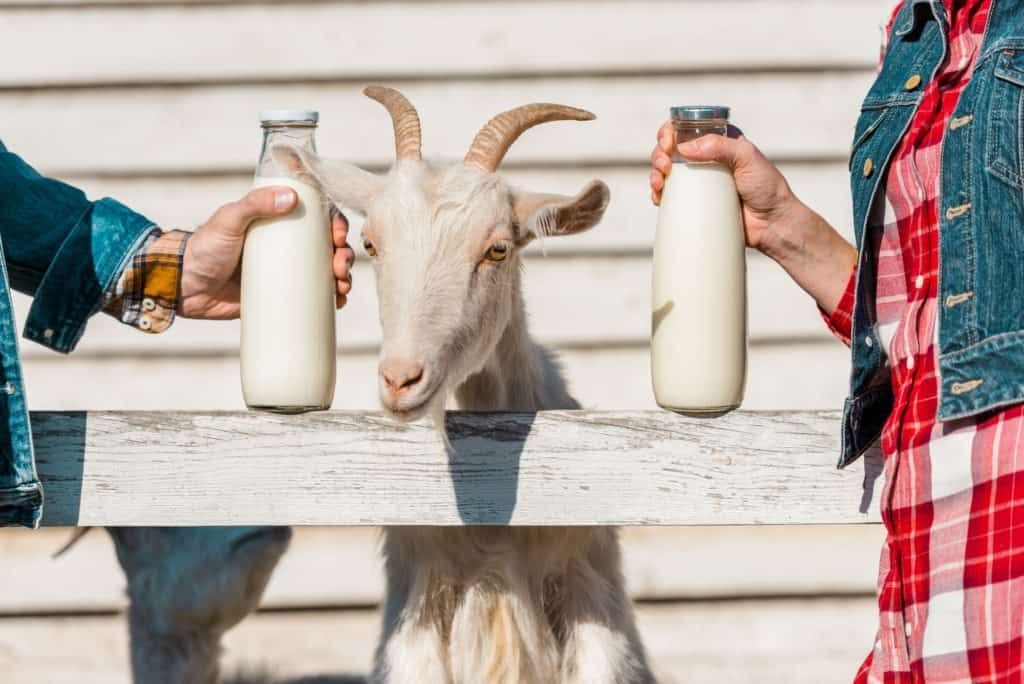
Sheep are primarily raised for either meat or wool, although there is a growing demand for sheep’s milk. Find out there’s a local market for sheep milk and, if there is, you could boost your herd’s profitability considerably.
If you’re more interested in meat breeds, auctioning off your market lambs or selling directly to restaurants and retail outlets will be your primary source of income. Currently, market lambs sell for around $177 to $187 per hundredweight.
Goats are a little more versatile and commonly regarded as a zero-waste animal because every part has a purpose.
There is a growing demand for goat milk, which is much healthier than cow‘s milk, and for goat meat, which is also a healthier alternative to other red meats, being both naturally lean and highly nutritious.
Some goat and sheep breeds are also profitable wool producers. Mohair from Angora goats, for example, sells for around $10 per pound, while wool from breeds like the Merino is worth between $10 to $25 per pound.
The global sheep and goat dairy market is already tremendously massive. One excellent report by the Atlantic Corporation says that the industry can reach over 11.4 billion dollars by 2026.
The report also says that the sheep and dairy market demand is increasing. Sounds good to us!
Sheep Wool Profitability
I was reading an article about wool from the Animal Science Extension at Purdue. It’s worth reading if you’re raising sheep for wool.
Some sheep breeds like Shetland and Merino have earned upwards of $10 per pound for their wool. It’s easy to see how sometimes sheep pay off. Big time!
PS: Here’s another article from South Dakota State University Extension regarding wool and what impacts the value. It’s a must-read for all homesteaders who want to sell wool!
These goat oat treats will remove all doubt that goats can eat oats. The answer is a resounding yes! These nugget-shaped treats pop in your goat's mouth and are a healthy and nourishing treat. The goat treats are oatmeal and have a licorice flavor. Your goats - and sheep - will love eating them!
Raising Sheep vs Goats – Which is Best?
They’re both magnificent creatures worthy of getting to know, raise, and admire!
I’ll never swap my goats for sheep – I love the personality of goats too much to switch to another species.
I’ve also become accustomed to, if not fond of, that pungent buck smell. But it’s all about personal preference, and those of you who want to avoid the quirks and smells of goat operations may decide on something a little woolier and less adventurous.
Hair breeds, like Katahdin, are hardy, adaptable, and don’t require annual shearing. Facilities for sheep are also generally cheaper than those you need for goats as their grazing behavior makes them easier to fence in.
Sheep may not be quite as profitable as some goat breeds, but the costs for sheep are lower as they require less vet care and get all their nutritional requirements from good grazing, clean water, and the occasional salt lick.
Goats are a lot more challenging when keeping them on your property (and out of your vegetable garden). As a result, they require better subdivision fencing, as well as solid perimeters.
Most goat breeds also require more nutrition than sheep and are more susceptible to internal parasite infections, which could cause both your feed and vet costs to soar.
Although it’s difficult to gauge if the income we get from selling our goats offsets the amount we spend on food, infrastructure, and health care, I’m (reasonably) confident our goats make a profit – even if it’s not necessarily financial.
The joy I get from watching our goat kids grow up is worth every cent!
Thanks so much for reading this raising sheep vs goats comparison.
Please let us know where you weigh in – which do you like best?
(Or – maybe you’re like us, and you adore them both!)
Thanks again for reading.
Have a great day!
Read More – How to Pasteurize Goat Milk at Home – Our Home Milk Guide!
Here's a compressed, all-natural Himalayan salt lick perfect for goats. Reward your farm animals! Other creatures will love this, too! Goats, sheep, horses, cows, and pigs can't resist.

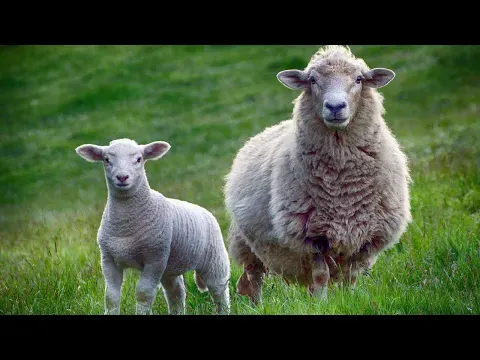
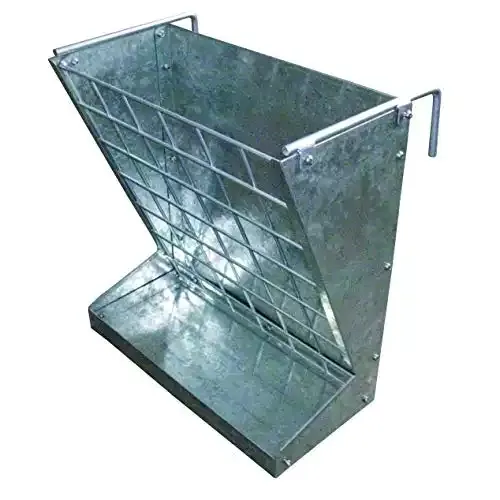

![The Best Goats for Beginners [Top Breeds for Dairy, Meat, and Pets!]](https://69be7209.flyingcdn.com/wp-content/cache/flying-press/4L4fdXmH0ZI-hqdefault.webp)
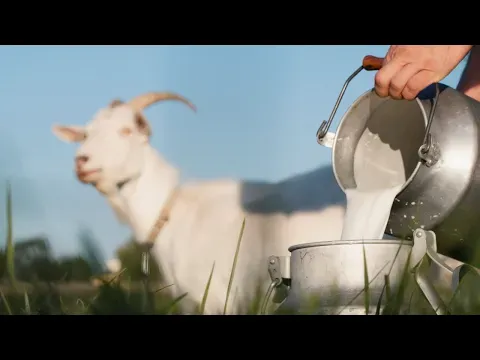
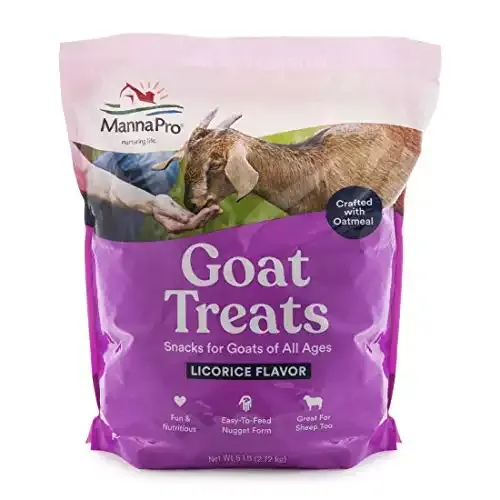
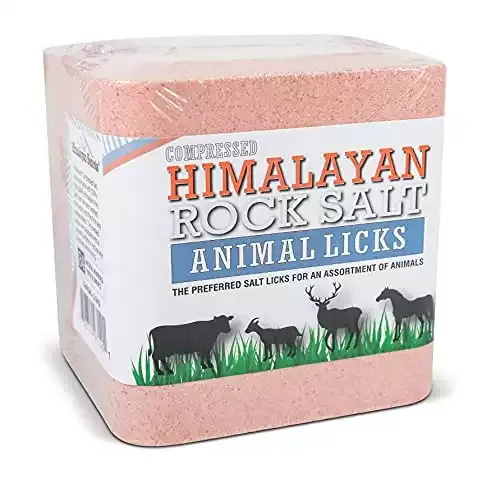
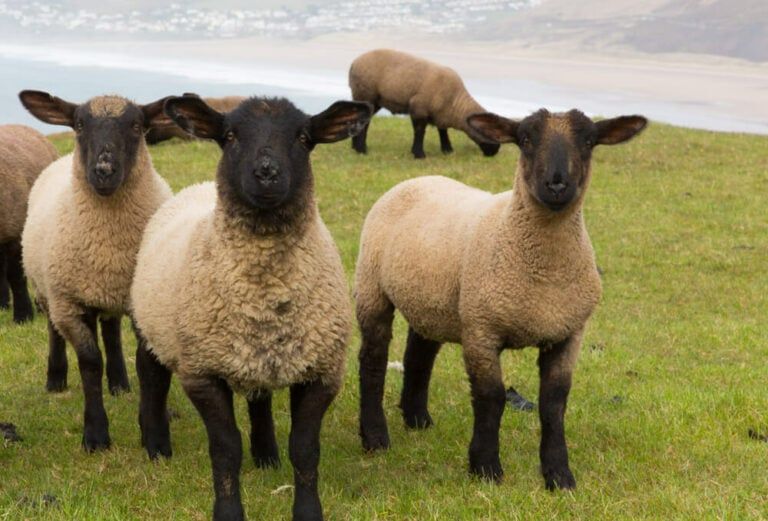
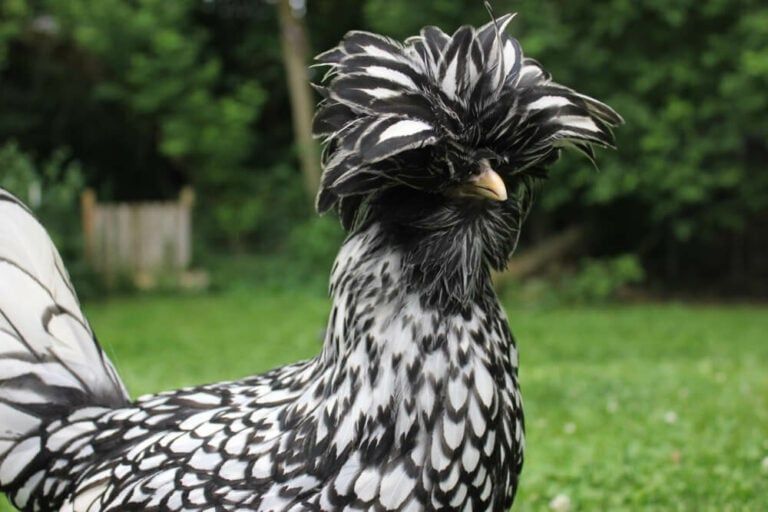
![Homemade DIY Hay Feeder for Goats [17 Designs and Plans!]](https://69be7209.flyingcdn.com/wp-content/uploads/2023/02/hungry-and-happy-goats-eating-feed-on-the-farm-on-a-sunny-day-768x513.jpg)
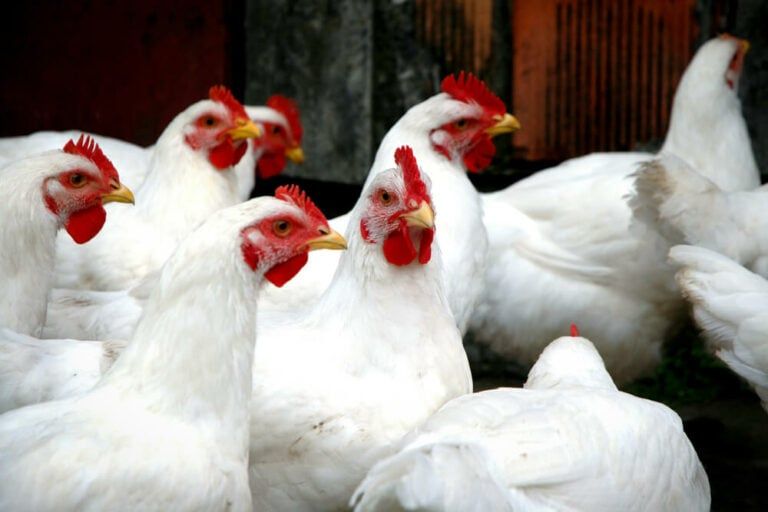
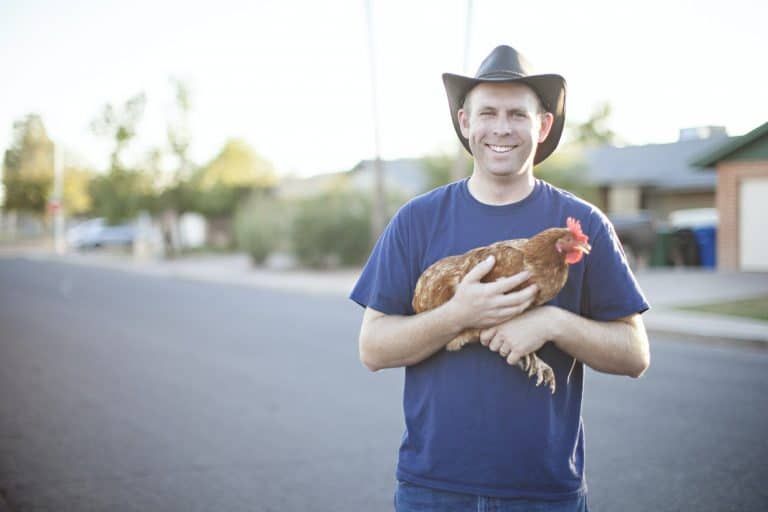
![When Can a Baby Goat Leave Its Mother [Safely and Stress-Free]](https://69be7209.flyingcdn.com/wp-content/uploads/2021/07/a-girl-bottle-feeding-a-baby-goat-1-1-768x512.jpg)